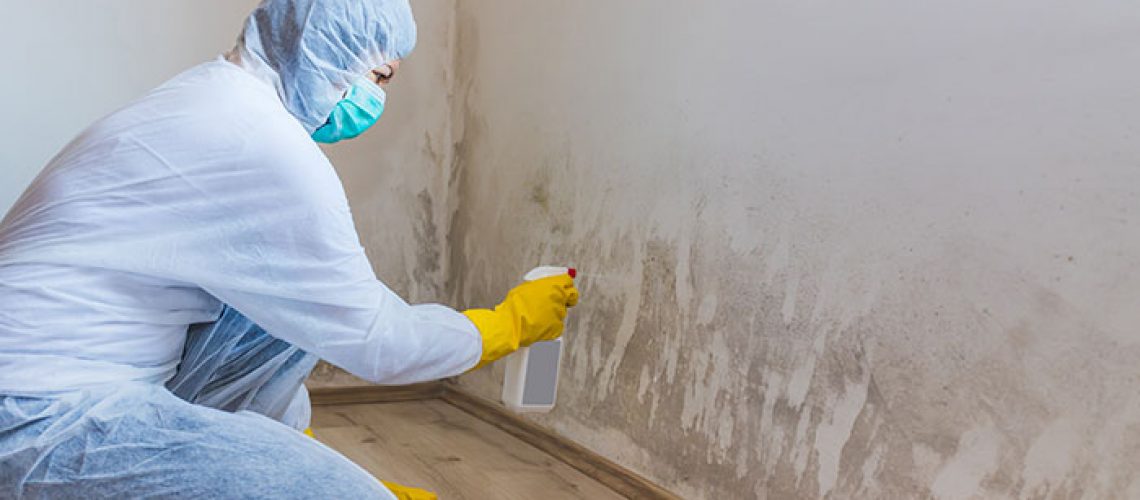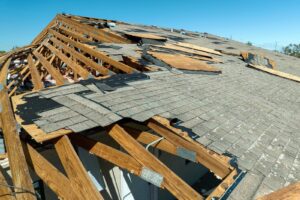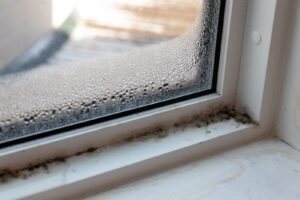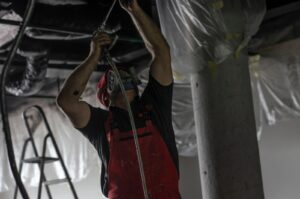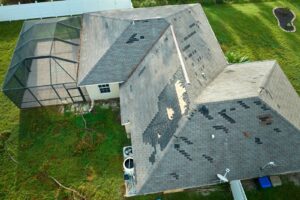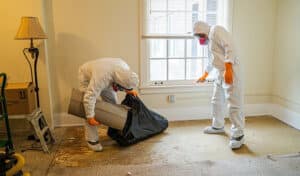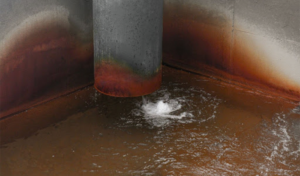The thought of mold in your home is the stuff nightmares are made of, so it’s important to call a professional mold remediation team right away. So how do you know if you need it? If your home suffered a flood, a leak, or any other water damage, there’s a good chance you’ll need someone to come to remove the mold from your home.
It can help restore your property to its proper condition – without any mold. If you’re wondering what the process looks like for remediating a mold problem, you need to know everything.
Mold Remediation vs. Mold Removal
A light online search about getting rid of mold can be confusing. Some companies claim they do complete mold removal, and others use the term “remediation.” So what’s the difference?
Mold removal implies completely removing any mold spores from your home and property, but that’s simply not possible. Mold spores naturally exist nearly everywhere, including inside of your home. They’re just not harmful until they’re exposed to moisture, and then they grow and become a problem.
Mold damage is best handled by a process known as mold remediation. It’s a type of damage restoration that focuses on returning the mold levels in your home back to a normal, safe, and natural level rather than removing mold altogether.
The Mold Remediation Process
Mold can be a severe hazard to your health, causing things like asthma and other respiratory illnesses. It can also cause significant damage to your home and property. That’s why it’s crucial to seek professional help as soon as you notice a mold problem.
Once you call a fully licensed and insured professional, they will get to work remediating the mold problem in your home or business. Here’s what that process looks like:
Property Inspection and Damage Assessment
Time is of the essence when treating mold, and professional restoration teams know that. They’ll typically respond to your call quickly to treat the problem before it gets worse. A mold specialist will come to your property to do a detailed inspection and assess the damage. This includes taking detailed notes and pictures of any compromised areas.
Next, the team will make a treatment plan. The exact method will depend on the extent of the damage, but in many cases, homeowners will need to find a place to stay while the mold is being treated.
Containment
The first step of the actual remediation typically begins with containing the mold, so it doesn’t spread. Mold spreads quickly through spores in the air, so stopping this spread often involves hanging containment chambers, like plastic sheets, to sequester the area where the mold is being treated. Mold experts often use air filtration and proper safety equipment within the mold treatment areas to keep themselves safe and limit the mold from spreading.
Removing Mold-Infested Materials
If the mold problem is in a bathroom, it’s likely infested things like bath mats, towels, drywall, grout, and possibly even the studs and subflooring behind your walls and under your floors. It’s impossible to fully remediate the mold while leaving all the mold-infested materials in place. This means that these things need to be safely removed.
More permanent fixtures like framing can sometimes be cleaned and disinfected without being fully replaced, but your remediation team will determine that. Materials like carpet, upholstered furniture, and sometimes even the drywall need to be removed to begin remediation.
Minimize Moisture and Disinfect
Mold can’t grow without moisture, so it’s vital to dehumidify the treatment area when remediating a mold problem. The remediation team will place a dehumidifier in the containment zone and let it run until the air is completely dry.
Next up is disinfecting every surface. This process is typically done using a powerful commercial disinfectant, but hydrogen peroxide or bleach might be used depending on the surface being cleaned. Whatever disinfectant is being used, it’s applied to the infected surfaces and then scrubbed thoroughly.
This disinfecting process is also done on any non-porous infected materials that were removed. Porous materials are generally discarded in plastic bags since they are much more difficult to disinfect (sometimes even impossible).
Repair Leaks
Sometimes the cause of the mold growth isn’t immediately obvious. A leak behind a wall, for example, might not be discovered until the drywall or cabinetry is removed. Part of the remediation process is identifying the cause and repairing it if needed. Repairing a leaking plumbing system is essential to stopping mold growth from happening again.
If a flood was the problem, other repairs might be needed to windows or your home’s foundation. Remediation isn’t complete until you’re confident the problem won’t come back again in a few months.
Restore Cleaned Materials
When everything in the previously-infected area is finally clean and dry, a final inspection will be done to see if any mold spots are still visible. As long as the area passes the test, the removed and disinfected items can be replaced. Any framing, subflooring, tiling, or other removed areas will also be repaired at this time. Once everything is back in place, the remediation process is complete.
Restoremasters Is Your Mold Remediation Specialist
If your home or business has been damaged by mold, Restoremasters is here to help. Our mold remediation team is equipped with the knowledge and tools to restore your home to its mold-free state. Restoremasters was created to repair damage to your property by wind, fire, mold, water, sewage, graffiti, or smoke.
We have more than 100 years of combined experience in the industry and the right tools for the job, so we can get you back to everyday life regardless of what damage your home has suffered.
We are located in Sandy, Utah, and provide services to the greater Salt Lake and Utah County areas, from Salt Lake to Spanish Fork and everywhere in between. Contact us today via the form on our website or give us a call at 801.938.8654 to get started!

